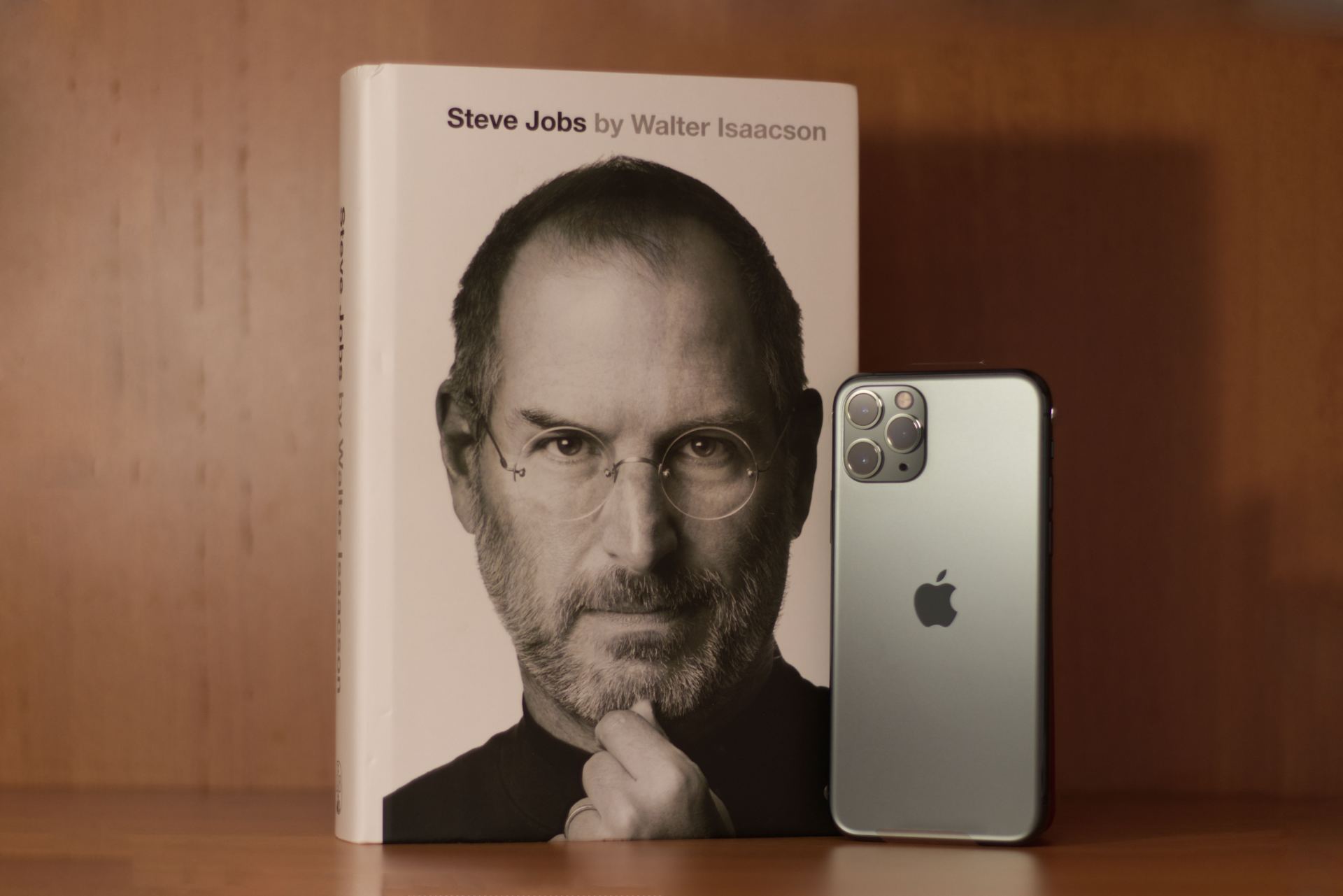Steve Jobs: Forget the product. Start With the Go-To-Market Strategy
You don't have to re-invent the wheel or look for new awe-inspiring sounds bites. Steve's philosophy is still relevant.

Having just finished my posts about the guidelines for a Go-To-Market Strategy , I thought I would reinforce my beliefs with a perspective from the someone who beat everyone to realising the right way to attract an audience of buyers. Steve Jobs.
Most people, when they think about innovation, start with the product. Instead, the innovator should start by figuring out an innovative method for getting products to customers. Starting with an effective Go-To-Market strategy better informs your selection of a specific idea – a product or service – that can be delivered and scaled.
Why start with the Go-To-Market strategy?
Among the plethora or electronics consumer product categories that Apple could have thought to enter, why has Apple chosen the categories that it has chosen? Why MP3 players, smart phones and tablets?
At the D8 conference in 2010, Steve Jobs explains that while the television market has been of great interest to Apple, they have thus far chosen to develop and release products in other categories. Why? Because there is no effective Go-To-Market strategy for a television product.
The insight from Steve Jobs is that the marketing and distribution of an innovative product has to be thought out upfront, before an innovator can even begin to develop the innovate product he or she has in mind. While Steve Jobs conveys this through the the television example, this line of thinking is visible in Apple’s strategic moves throughout Steve Job’s second tenure as CEO of Apple.
Laying a strong foundation: Apple Stores
Even prior to Jobs’ first hit product, the iPod, in May 2001 Apple started opening retail stores across the US. These retail stores acted as the foundation for Apple to get its future products into the hands of consumers, who could then use them, fall in love with them and then buy them. Apple Stores have since become more than just a Go-To-Market strategy. Apple Stores have become a core part of encouraging Apple’s cult following. Each store’s architecture and service to customers has strengthened the company’s brand.
A complete solution: iPod and iTunes
However, simply getting the hardware into customers’ hands is insufficient. A Go-To-Market strategy has to address key friction points that reduce the potential value the customer may obtains from the product. While the iPod was an innovative MP3 player, to actually put your music on it either meant burning your music collection from CDs to a MP3 format, or obtaining MP3s through obscure and illegal means. A key part of the iPod’s success was the introduction of the iTunes Music Store. Unlike other fee-based services at the time, the iTunes Music Store charged a flat fee of US$0.99 per song. When the iTunes Music Store was launched, 2 million songs were downloads in just the first 16 days – all via Macintosh computers, since a Windows version of the iTunes software was not yet available. All these songs easily sync’d to iPods, the portion of the value chain on which Apple really made its money.
Creating a new market: The iPad
How do you introduce a new product that may be received as completely foreign by prospective customers? Often the answer is by providing a point of reference that makes it easy to understand the new product. In the case of the iPad, many people exclaimed, “it’s just a big iPhone!” Apple had been working on the iPad long before the introduction of the iPhone. However, releasing much of the iPad technology in a smartphone format allowed Apple to educate prospective customers, so that when the iPad was released, the technology would seem familiar to them. The Go-To-Market strategy for creating a new market necessarily has to educate prospective customers on the new offering. Apple achieved this by first delivering iPad-like technology in the form of something customers already understood – smartphones.
Rebalancing industry power: The iPhone
Yet, it is perhaps the iPhone Go-To-Market strategy that was the cleverest. For decades, wireless carriers had treated phone manufacturers as second class citizens, using access to their networks as leverage to dictate which phones would get made, what features would be available and pricing. Carriers also restricted the content available. If Apple wanted to have the freedom to build the phone it wanted to build, Apple needed to switch the balance of power in the industry. It did so by first establishing an exclusive agreement with just one of the carriers – AT&T – before developing the iPhone. AT&T believed in Jobs’ vision for the iPhone, and its potential to increase the data usage of its users, and thus increase profits. AT&T also believed that exclusivity would allow it to steal customers from other carriers. AT&T probably did not foresee that ceding control on every aspect of the device would ultimately shift the power structure of the industry and turn the carriers into dumb pipes.
Start with the Go-To-Market strategy
As Steve Jobs explained at the D8 conference in 2010, and as Apple has demonstrated through its product launches, to be successful in launching a breakthrough product, it is not enough to simply develop an innovative product. The innovator must first and foremost develop a compelling Go-To-Market strategy that will allow the innovation to reach customers and thrive.
This is just one example why SynergySix believe that a compelling Go-To-Marketing strategy creates long term success.
Originally posted in 2013 by Dinesh Ganesarajah .






